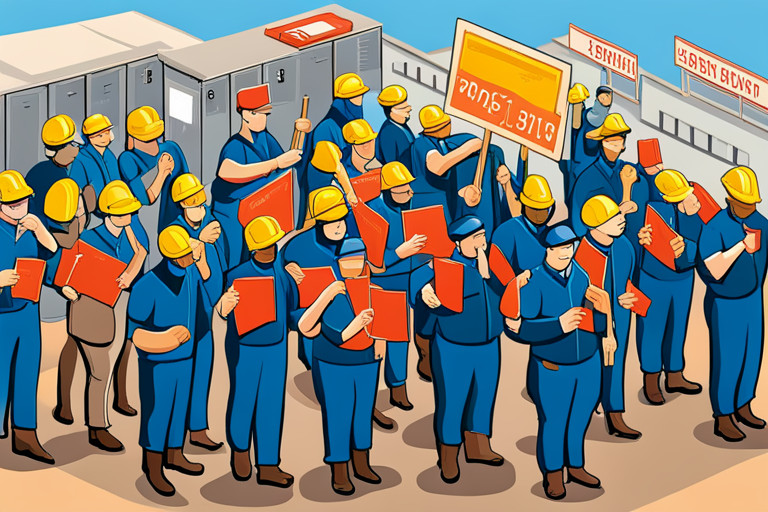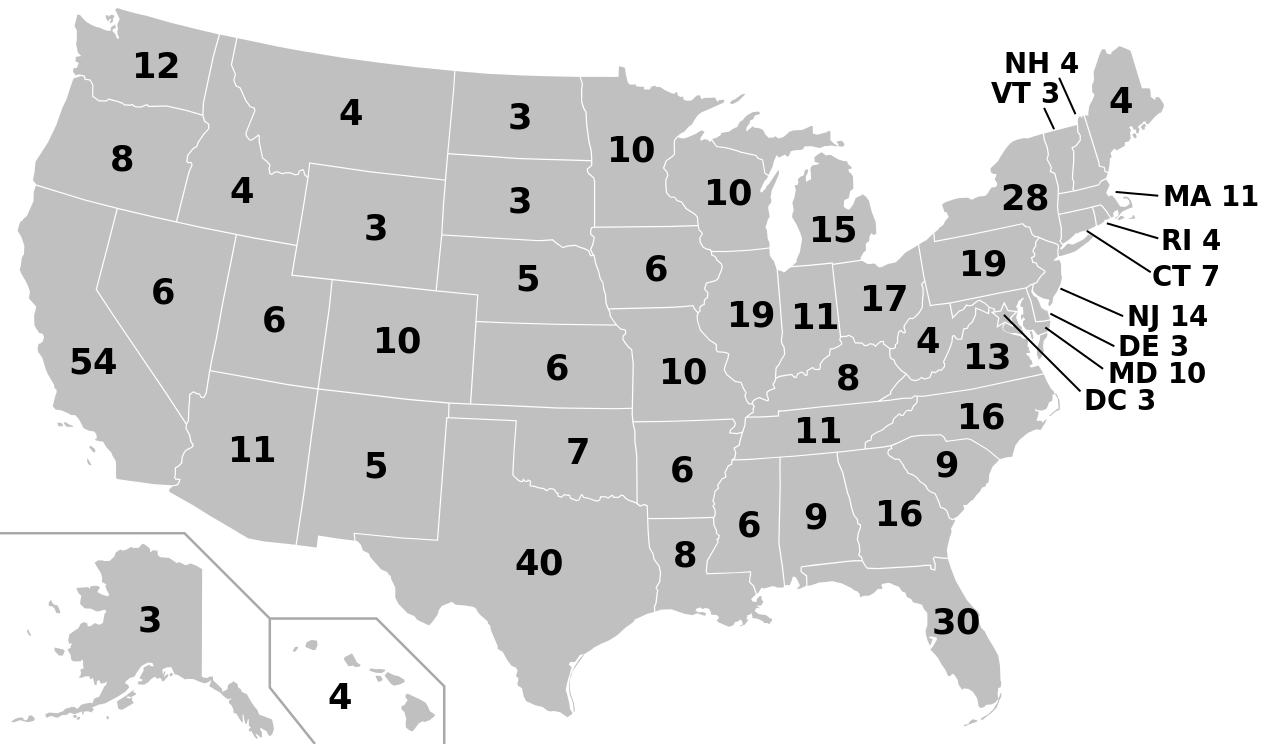The labor union, United Auto Workers, has taken decisive action by intensifying its strike against the three major automobile manufacturers in Detroit. Ford’s largest factory has been effectively closed, and there is a growing threat to Stellantis, the manufacturer of Jeep vehicles.
In an unexpected development on Wednesday evening, a total of 8,700 employees abruptly quit their positions at Ford’s truck manufacturing facility in Louisville, Kentucky.
On Thursday morning, union President Shawn Fain alluded to the possibility of taking additional measures against Stellantis. Fain expressed his optimism for more constructive discussions at Stellantis, contrasting the outcome of the previous day’s talks with Ford. However, he did not disclose the specific course of action that might be pursued.
Ford’s factory for trucks manufactures robust F-Series pickup trucks and spacious Ford and Lincoln SUVs, which are the company’s most profitable offerings. According to a statement from Ford, the vehicles produced at this facility generate an annual revenue of $25 billion.
Fain stated that the union has been patient, but unfortunately, Ford has failed to comprehend the need for fair contract negotiations. Fain believes that if Ford fails to grasp this concept after four weeks, the 8,700 workers who are planning to strike at this highly profitable plant will serve as a clear message.
The strike came nearly four weeks after the union began its walkouts against General Motors, Ford and Stellantis on Sept. 15, with one assembly plant from each company.
The strike expansion was characterized as “grossly irresponsible” by the company, which also pointed out that it had made substantial wage and benefit offers to the union. The company expressed concern for other Ford facilities and parts supply plants, which collectively provide employment to more than 100,000 individuals.
During a meeting organized by the union at Ford’s headquarters in Dearborn, Michigan, a senior executive inquired about the possibility of the company presenting an alternative proposal.
Top-level Ford officials have indicated that they are exploring the possibility of incorporating electric vehicle battery plants into the UAW national contract, thereby making them subject to unionization. However, they have not presented a substantially different economic proposal, according to an executive. The company is reported to have made a generous offer, but due to budget constraints, there is limited room to further increase it while maintaining its affordability for the business.
In response, Fain stated that if the company’s current offer is the best they can provide, the executive informed them that they have lost the Kentucky Truck Plant. The entire meeting concluded within a brief duration of approximately 15 minutes.
In a video recording, Fain expressed that the labor union made the decision to relocate due to Ford’s refusal to revise their proposal. Fain emphasized the union’s willingness to cooperate with the company throughout the process but stated that Ford had failed to meet their expectations and showed a lack of commitment to resolving the issue.
This could be an experiment, testing Ford’s limits before escalating the situation to a complete strike by involving all 57,000 Ford employees. This can be seen as a way to gauge response and measure the extent of the actions needed, in order for the UAW to achieve objectives.
The United Automobile Workers (UAW) increased the scope of their strikes on September 22nd by including 38 parts warehouses owned by GM and Stellantis. Subsequently, assembly plants operated by Ford and GM were also affected the following week. With the inclusion of the Kentucky strike, the total number of striking workers against these three automakers now stands at 33,700.
So far, the labor union has opted to focus on a limited number of facilities from each company instead of initiating a simultaneous strike involving all 146,000 UAW members employed by the automotive manufacturers.
The union made a statement last week indicating that progress had been made during the negotiations. As a result, they made the decision to refrain from adding any additional plants. This decision was influenced by GM’s agreement to incorporate joint-venture electric vehicle battery factories into the national master contract, which strongly indicates that these plants will be subject to unionization.
Battery plants are a significant source of disagreement during the negotiations. The UAW aims to unionize these plants in order to secure employment and competitive salaries for workers who may be displaced due to the industry’s shift towards electric vehicles.
Ever since the strike commenced, the three major automotive companies in Detroit have had to lay off approximately 4,800 employees from their factories that have not been affected by the ongoing UAW strikes. It should be noted that the majority of job reductions have taken place at factories responsible for producing components for assembly plants that were shut down due to the strikes.
The argument made by the UAW is in disagreement with the layoffs, claiming that they are unwarranted and only implemented as a tactic by the companies to force UAW members into accepting lower conditions during negotiations with automakers. These layoffs have affected factories in six different states, namely Michigan, Ohio, Illinois, Kansas, Indiana, and New York.
During the strike, workers are being compensated with $500 per week from the union’s strike pay fund. In certain states, workers who have been laid off may be eligible for state unemployment assistance, which may vary in amount depending on various factors, potentially exceeding or falling short of the $500 per week.
Expansion of the strikes could possibly result in additional layoffs at non-striking facilities.
A survey conducted by MEMA Original Equipment Suppliers, a trade association for parts supply companies, revealed that around 30% of its members have implemented workforce reductions, and over 60% anticipate initiating further layoffs in mid-October.









Leave a Reply